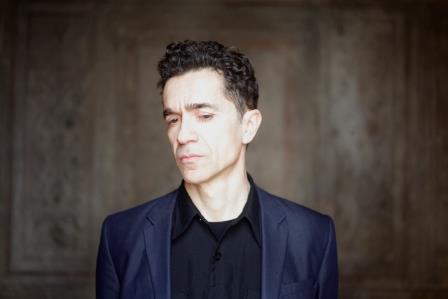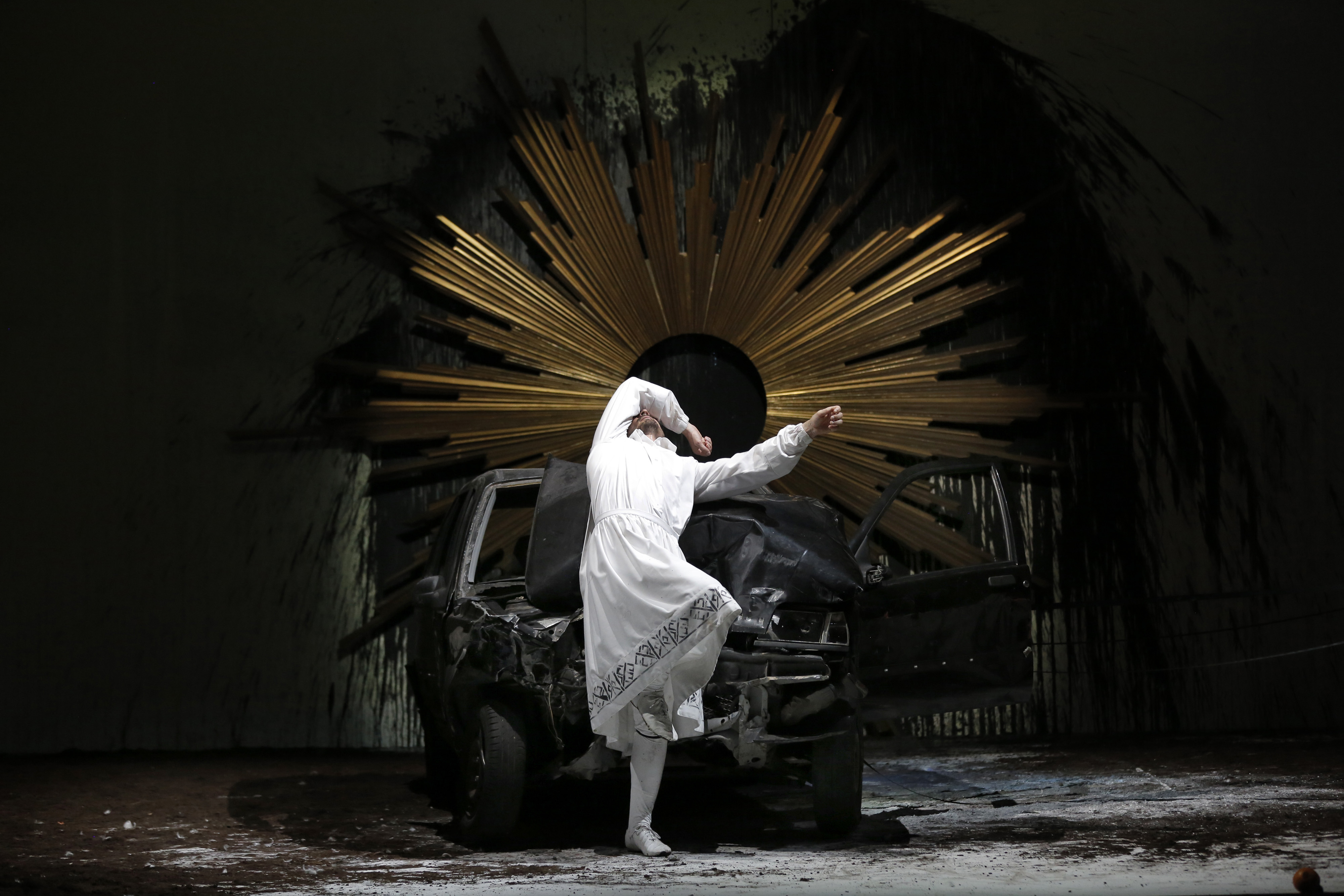July 25, 2019
Three minutes with... Romeo Castellucci
Formidable creator of prodigious and unforgettable images, director Romeo Castellucci, has utterly transformed Mozart's Requiem and created what Le Figaro has described as “quite simply a great moment of poetry”. It is a powerful work for the stage, full of pioneering visual power to match Mozart’s musical genius in a ritual to celebrate life as much as honour the dead.
But how did the idea of staging a funeral mass came about? We asked Romeo Castellucci himself.
Everyone in Adelaide is incredibly excited about Requiem. How did the idea of it come about with Aix-en-Provence?
RC: It was an idea shared with Pierre Audi [Festival d’Aix-en-Provence’s Artistic Director]: first of all because it’s kind of mandatory to have something belonging to the Mozart repertoire in the Aix Festival – it’s a long-standing tradition. At the time though, we wanted to do something not too known, something more… and something that, in some ways, would transcend the genre of opera. So the idea was to work on the Requiem, because of the nature of the work and its title: it suits our time - in relationship to our destiny, as an individual, but also as a community. I think that in this age for the first time, the human kind is thinking about the possibility to disappear.
So much of your work combines extraordinary and powerful visual tableaux with human behaviour that is full of follies as well as human frailty. Are these the elements that come to the fore in this production?
RC: I think so. I think the main idea is to celebrate the Requiem as a funeral. Technically speaking, it is a Mass for the Dead. But I would like to turn this idea into a sort of festival: a dance, a party, full of joy, with some reference to folklore, something that is able to involve the idea of community.
Throughout the production, there are little pointers, objects or characters that show the passage of time and our fragility. So while we are watching something joyful unfold before our eyes, we are also acutely aware of the fading away of life. That represents, in my opinion, the seed of any beauty: the possibility to disappear.
How has Mozart’s music inspired and informed your thinking about this project?
RC: It’s like we are diving in this swimming pool: at all times we are surrounded by this music. It’s the substance and the atmosphere of everything and without Mozart, this project wouldn’t make any sense. In Mozart, the palette of human emotion is so rich, like life! For that reason, there is always a resonance between the music and the visuals on stage, it’s very connected. It’s like we are creating a fabric out of the music and what happens on stage - we are continuously melting together and embroidering every musical phrase with our every gesture. I think we found a way to be in the music and in Mozart’s spirit.
Is there anything else you want to share with the Australian audiences about what they can expect?
RC: I have had great experiences with audiences in Australia. They are open-minded and interested. This is what I think is most important when you see a new production, to let go of any preconceptions, fixed ideas or thoughts. For me, this openness is the best way to approach a night at the theatre. The reward is the opportunity to rediscover Mozart in another light, as if for the first time, with new eyes and new ears.
That is almost precisely what we hope the Adelaide Festival does, it is to re-examine and re-experience classics as if for the first time.
RC: That is a great spirit!



![[CMS managed title]](/media/3088/af19_the_magic_flute_credit_tony_lewis_29.jpg)
![[CMS managed title]](/media/3945/af20-requiem-pascal-victor-resized.png)